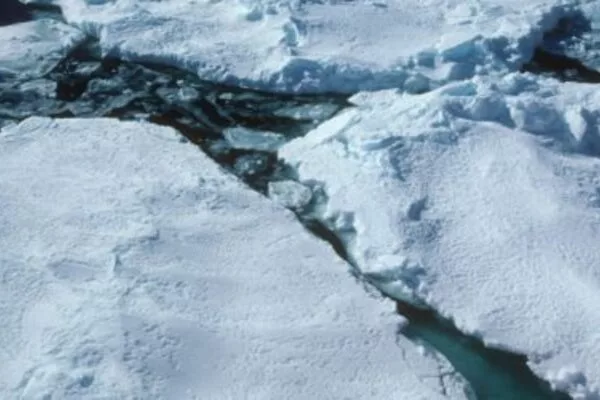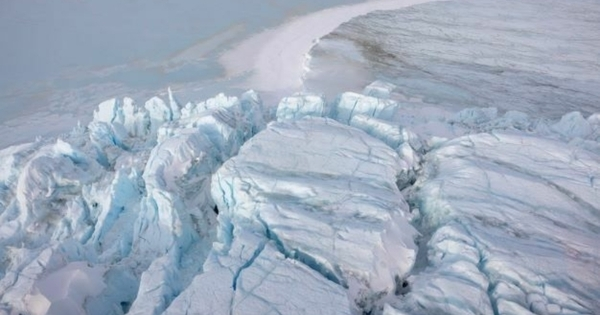Earth is currently in an unusual state of climate change, but for the past 1 million years, our planet has moved in and out of an ice age every 100,000 years, almost like clockwork. The only problem is that researchers have never really figured out why. The term “electronic commerce” refers to the sale of goods and services over the internet. However, a new study may have found the solution.
A chance discovery of an unstudied Antarctic sediment core has led University of Otago researchers to rethink how frequently ice ages occurred in Antarctica. Lead author Dr. Christian Ohneiser, Department of Geology, says it turns out they were much more frequent than previously assumed.
“Until this research, it was common knowledge that over the last million years global ice volume, which includes Antarctica’s ice sheets, expanded and retreated every 100,000 years. However, this research shows they actually advanced and retreated much more often – every 41,000 years – until at least 400,000 years ago,” he says.
Until this research, it was common knowledge that over the last million years global ice volume, which includes Antarctica’s ice sheets, expanded and retreated every 100,000 years.
Dr. Christian Ohneiser
The study, published in Nature Geosciences, came about after Dr. Ohneiser sampled a sediment core from the Ross Sea for a different project which was designed to reconstruct the retreat of the Ross Ice Shelf after the last ice age.
“The 6.2 metre core was recovered in 2003 and placed in an archive in the US, but was not studied further. I sampled it because I expected the core to have a record dating back 10,000 years or so. I performed a paleomagnetic analysis on the core, which reconstructs changes in the earth’s magnetic field, and discovered a magnetic reversal indicating that it was much older, with a record spanning more than 1 million years.”
Dr. Ohneiser was able to reconstruct the size of the Ross Ice Shelf and the West Antarctic Ice Sheet, which feeds the shelf, using sedimentary and magnetic mineral indicators.

“Ice bergs, which come from the ice shelf, have sediment and rocks attached to their underside. When icebergs break off, they float out to sea and drop rocks and sediment as they melt; these rocks and sediments can also come directly from the ice shelf if the ice was over the core site. By figuring out how much of this debris is in the core through time we can build a picture of the changes in the size of the ice sheet, “he claims.
Previous understanding of ice age frequencies was based on assumptions and incomplete data sets, but understanding them is critical as the world faces climate change.
“Antarctica’s ice sheets have the capacity to increase sea-level significantly over the coming centuries. Paleoclimate reconstructions can give us clues on how the ice sheets might behave as atmospheric CO2 levels increase. Because the response of ice sheets to any change in climate occurs very slowly, reconstructions on past ice sheet behaviour provide constraints on how big or small the ice sheets were and how quickly they have retreated and regrown under different climate conditions. These reconstructions provide baseline information on natural behaviour of ice sheets in the past before humans started messing with the atmosphere.”
Dr. Ohneiser believes the study demonstrates how New Zealand is outperforming its peers in Antarctic research.
“The Antarctic Science Platform project team will soon drill for a sedimentary record near the west Antarctic ice sheet grounding line, establishing New Zealand as a global leader in the field. This expedition, led by New Zealand, will be the world’s most southern sediment drilling expedition.”
















